Creators, Makers & Doers: Larry McNeil
Posted on 11/25/15 by Arts & History
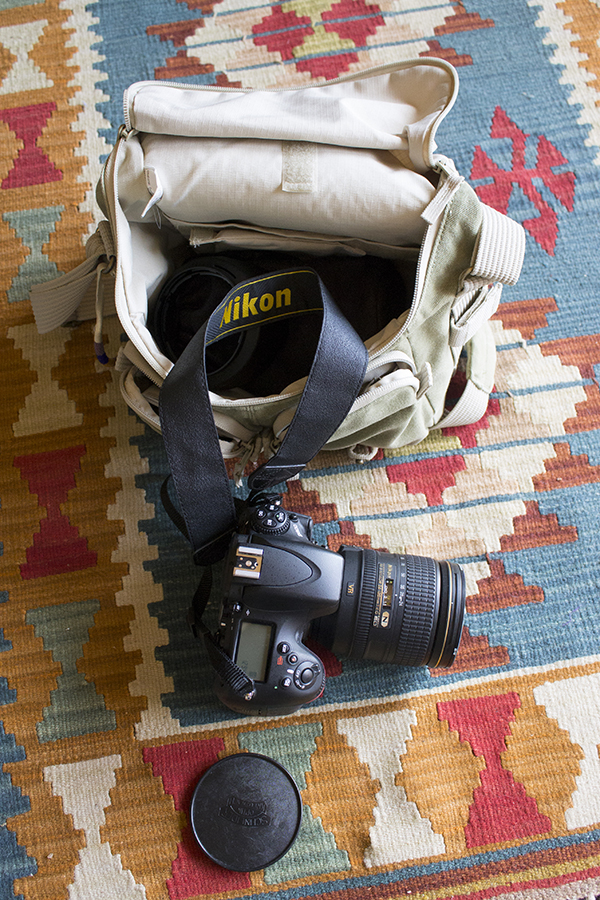
A deep urge to tell stories and understand the American experience is what drives Larry McNeil’s artistic practice. Through the lens of a camera and from the perspective of his cultural background as a Tlingit native living in contemporary America, McNeil weaves narratives that take a critical look at issues of contemporary life. McNeil is an internationally renowned and celebrated artist, having most recently shown his work at the Smithsonian. But, even with his lofty artistic status, he chooses to live and teach in Boise where he nurtures new artists into the world.

What is your preferred medium? What do you focus on?
My media has been primarily photography since the start of my career back in the 1980’s. It has kind of expanded into lithography and printmaking from time to time, but it always comes back to photography. That is what I got my formal training in at the Brooks Institute as an undergraduate and then later on at the University of New Mexico with an MFA in Photography. It has kind of wandered out of that area from time to time, depending on the visual aesthetics that I am working on, but I always come back to photography.
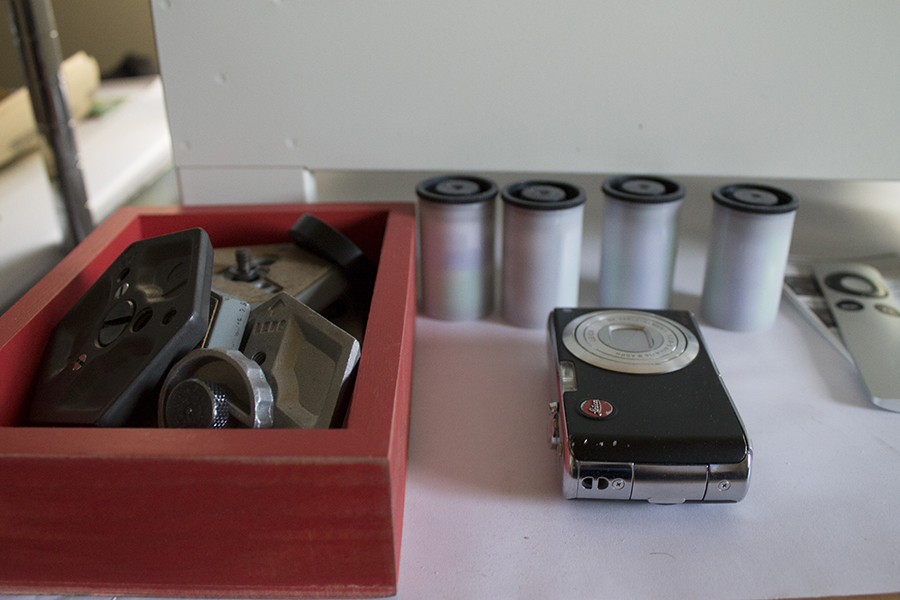
Why do you keep coming back to photography? What is it about photography that you are drawn to?
When I was in high school, I was going to be a writer. That is what I really excelled at. I really liked writing stories and expressing myself that way. Just by dumb luck, that forayed into photography because I saw a camera in a pawn shop window and bought it. I really love the ability that photography has to tell stories, just like writing. From the very beginning, even as a teenager, I knew photography had little to do with truth, even though that’s what the general public thought of it. That is what I liked about it, its inherit ability to tell visual stories. You can infer things and you don’t have to be literal. You can use the viewer’s own experiences and intelligence to interpret things. I don’t have to spell everything out for anybody like I did with writing.
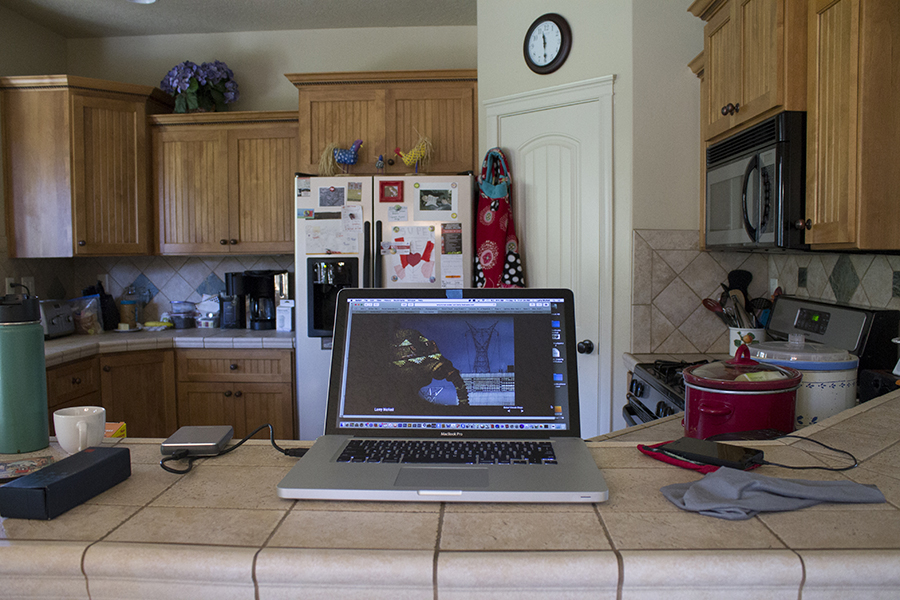
What are you currently working on?
I have been working on a global climate change project for around ten years. In my opinion, that is one of the big stories of our generation. I think a lot of people don’t perceive global climate change as pertaining to them because they can’t see it. We walk into this room and it is all clean and I look out the window at a beautiful clear blue sky and I think that there is a coal plant just a couple hundred miles from here that is spewing this awful pollution and I don’t have to see it. I think that is why we have a problem of clearing up the problem of global climate change. We get in our automobiles and turn the key and drive to school or work or drive wherever. We love our cars. I love my car. Because the gas is now invisible, it is out of sight and out of mind.
Boise State University was very generous with awarding me with a fellowship, five years ago. It was an arts and humanities fellowship. What it did was allow me to do research on this topic and even better it allowed me to take a year off from teaching and allowed me to travel. I did research and discovered that a lot of the biggest coal plants in America are in the Midwest. I traveled there and made a lot of photographs. In my research, I also discovered that the largest coal mine in America is in Wyoming, the state right next to us. I traveled there too and photographed the Antelope Coal Mine which is run Peabody Coal. That is what I meant earlier, that my kind of work practice is about travel. It requires me to actually be at these places, to go there and make a visual manifestation of what that place actually looks like because the general public can’t see it. I want to make things that are hidden out in the open. That has been the quest. It is in progress right now.
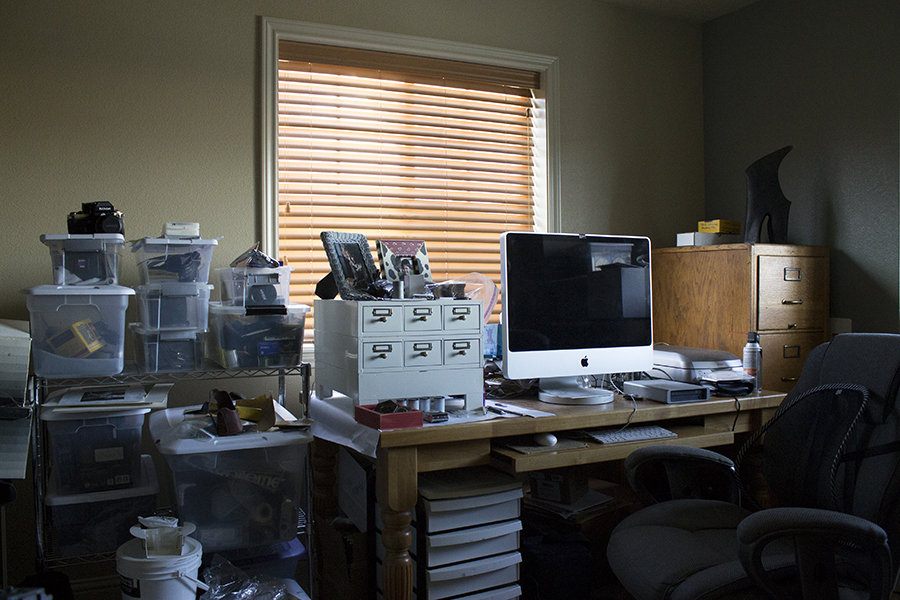
Can you elaborate upon what your visual aesthetic is?
I am actually best known for a series called, “Fly By Night Mythology.” A good way to characterize it is about American identity, or asking the question of, “Who are we as Americans?” I know some critics, their hair stands up straight when they hear the word identity because they think it is a code word for being a communist or something. But, everybody has an identity and everybody has a history. I really love the idea of trying to figure out American identity and offering my interpretation of what that is. I use that word interpretation very carefully because it is an interpretation and it doesn’t have anything to do with hard demographics, it is my take on what it means to be living here in America. Of course I have my own cultural background too as a Tlingit person born in Alaska. But, on the other hand, I am also a Tlingit person that went to a school of photography right out of high school. I went to California and learned it from a school of professional photography and I was a practicing photographer in Alaska for a number of years. I worked in the oil industry as a young man and that paid for my education. I have that as a part of my history, producing oil for these automobiles that I am making work about now. I feel very culpable for a lot of these things. Not only that, I feel like I can make an informed representation of what it all is because I am right in the thick of it and have been for a number of years too.
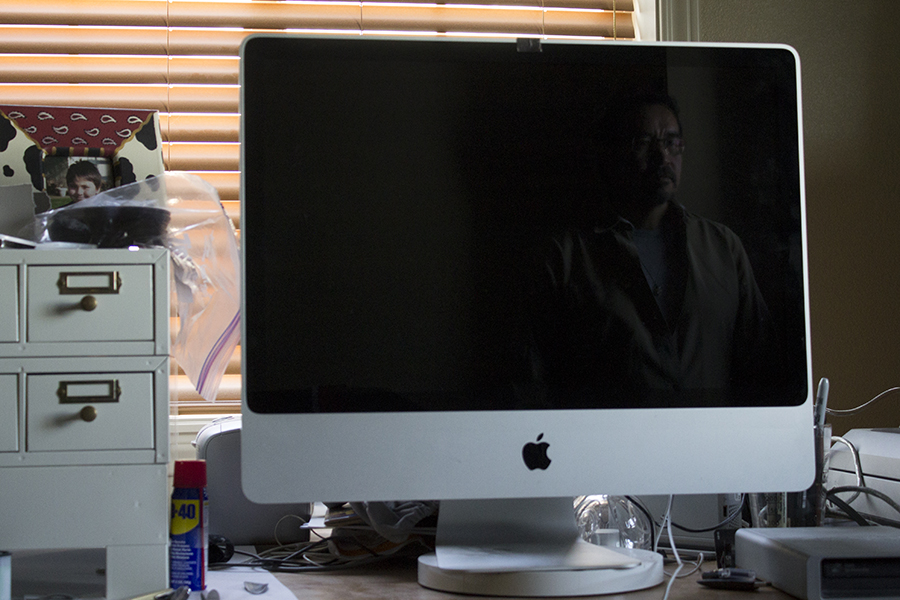
Where do you find the inspiration for creating your work?
Inspiration comes from the mundane, the little things that you see every day. That is what makes artists stand apart from other people. We will stop and see some little thing and well stop and pick it up and look at it and put it our pocket and bring it home. I think kids are like that too. All people are hardwired to be artists. They notice the little things. I think kids are like that too. Part of our western culture takes us away from that, the magic of our everyday experience. It turns our lives even more mundane with our educational process. You go to school and memorize and do things by rote and the kids are being taken away from the everyday magic of their everyday lives. Their minds are being stultified and they are being bored to death. I feel like my job as a photography instructor or professor is to bring that magic back to my students.
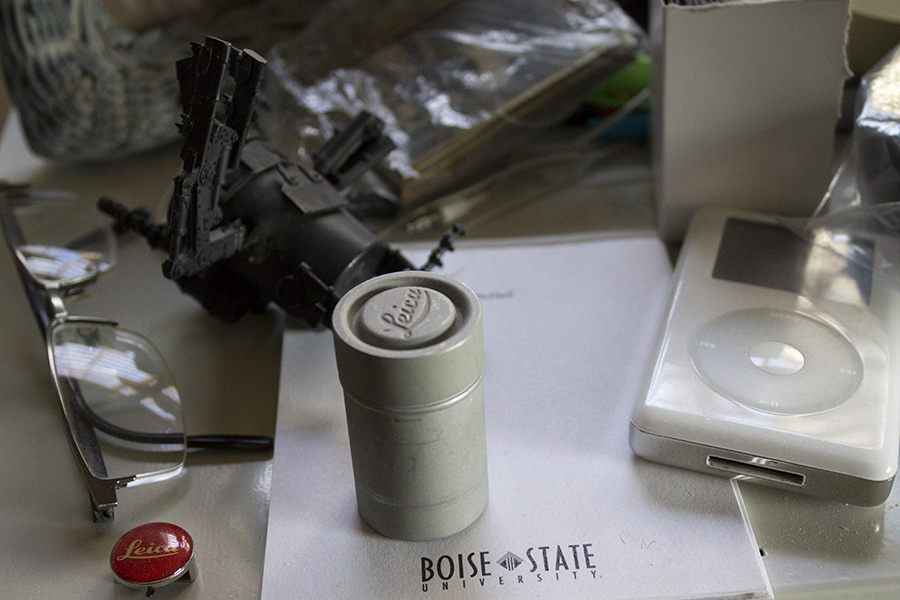
How long have you been teaching and what do you enjoy about it?
I started teaching in 1992 and the thing that I really enjoy about it is that I really love the idea of having more artists in the world. I feel like there is a shortage of artists right now. If you look in America or in other countries, it is so hard to become an artist these days because of budget cuts and you see a lot of universities with curriculums being cut out and so forth. It makes me want to stand back and actually question the notion of what is an artist in the first place. Of course, the easy answer is people that like to make beautiful work and share what it means to be in the humanities. That brings in the humanities and you think what do the people in the humanities do. In my opinion, what they do is tell the stories of what it means to be who we are. You stand back and you look at all of the different cultures of the world and you notice the ones that are the most vibrant are the ones that have the most vibrant artists also. All through history you can see that. Then you look at how empires crumble and when they do crumble, the artists are often the last ones standing.
One of the things that I talk to my students about is thinking about the future, like it is 2050. The people in 2050 want to know what it was like to be in the culture of 2015 so one of the basic things that they will do to learn that is to look to the humanities, the books, the movies, the artwork. They look to the art and not so much to the history books. They look to what was actually going on then. That is one of the key roles of artists as well, to offer some kind of real life story line of our times. I put that challenge forth to my students. I tell them to make art that has to do with their generation. If you can do that then you can probably make it and be successful.
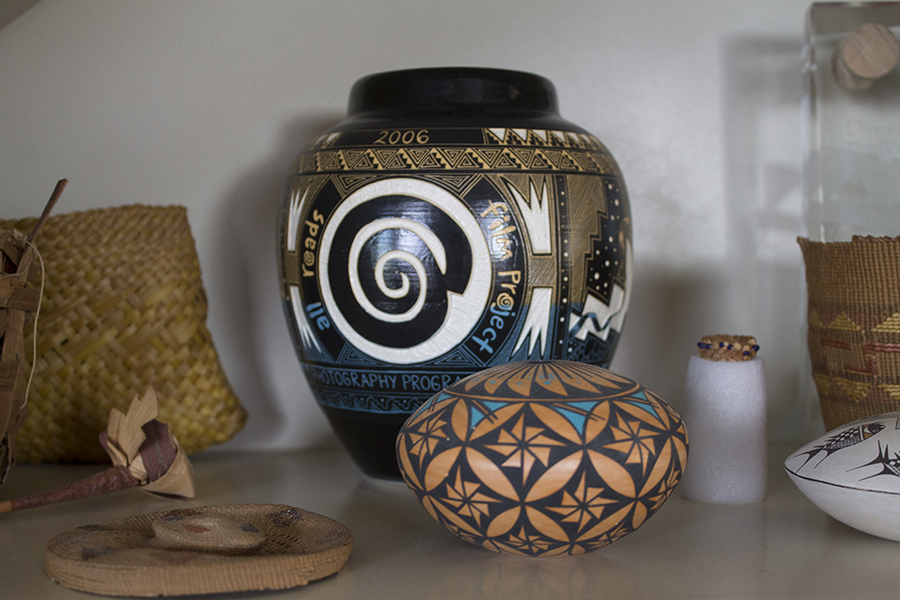
Can you say you have been able to make a living as an artist?
Yes I have. It has taken an incredible amount of work to do that. I have noticed that with other artists, we are certainly as hard-working as any other profession that I know of. I know that because I come from a family of attorneys and they work really hard and are very intelligent. I was raised from thousands of generations of commercial fishermen and professional artists since ancient times in my own culture. If you look at the indigenous people where I come from, we had all kinds of professions, fishermen, artists, and people who made everyday clothing. That means that there are always professional artists. Coming from that kind of background for me was interesting because I could see various cultures, western culture and my own indigenous culture and I could see that it took a lot of effort to be an artist. First of all you have to learn the craft, whatever that is. For us today that generally means the university system, unless you go into an apprenticeship program that still exists in some countries. In our contemporary culture, here and now, to really become an artist you need to go through the academic system. That means performing in school and getting grades and doing the work. Then after that you are expected to try to make a living as an artist and as you know it is really hard these days. For me, making a living as an artist means having the time to make the work first, then showing it. Showing it to curators and collectors and trying to get the work in collections. Of course, the bottom line is being paid so that you can pay the mortgage and pay for your kid’s tuition, and buy gasoline. It is really hard, but it can still be done.
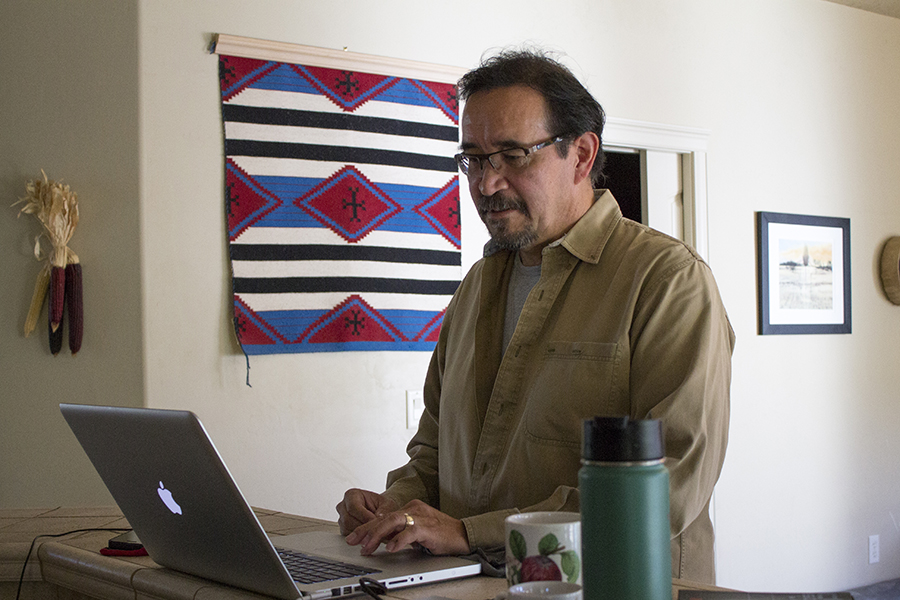
What are your feelings on the art community here?
Here in Boise it is just like any other place in the country. Maybe it is actually a little harder here in Boise because we don’t have the larger number of galleries that a big city would have. That means if you are going to live in a big city you might have an easier time making a living as an artist. That brings up the question, do you go where the work is or do you stay here? I know a lot of people who answer both ways. A lot of people don’t like leaving their home base. That is good to though because it means that they are sacrificing part of their career to live here. So instead of moving somewhere like New York City or San Francisco, or Los Angeles, where a lot of the art markets are they are opting to stay here and to tough it out even though the markets are elsewhere. I give those artists a lot of credit because they are definitely sacrificing being able to market their work by opting to stay here. Then again, there are so many facets to this because one of the good facets is the internet. It is almost an equalizer for artists because now we are able to share our work with a broad audience. That means we can show a curator in Chicago our portfolio online. Having lived in other parts of the country, I know that you can’t replace living in an arts center. There is no way of replacing that because there are things that happen, for example, if a curator has a program on some night and invites the community in, then that is the time to have social interaction with a broad swath of people in one night and we don’t have that here. Well we do have a very tiny microcosm of what everybody else offers. That is the challenging part to not be able to interact with the art community in other parts of the country. What I do to counteract that is I travel a lot. I am invited to be a visiting artist in a lot of different places and I try to get out at least every other month to visit the art centers and interact with museums in other parts of the country. The exhibition that I had at the Smithsonian last year was really important to interact with that whole community to get out and talk with them and interact with them and bounce around ideas about what this art is about. That is a partial solution to it and things like that are what allow me to come back to Boise. I love Boise. I love being able to come back here and walk in my back yard and look at the landscape and not be hemmed in in a big city.
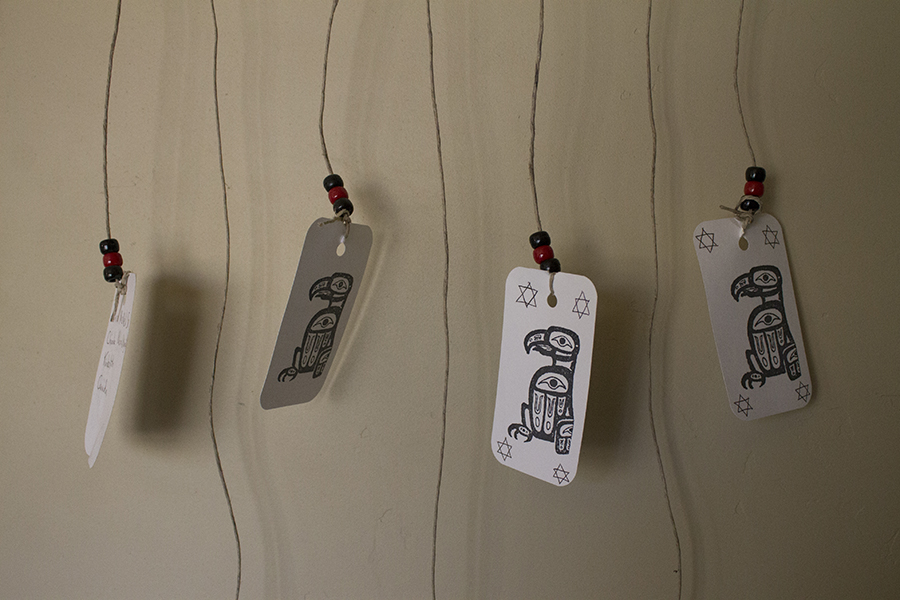
Can you elaborate on the specific resources that are lacking here that would help you be more successful?
Well yeah, the missing resources are more museums and galleries because that is who we market our work to. I don’t know if there is any solution to that because if you look at the economy right now and how everybody is struggling to survive, it seems like when the economy goes bad, then some of the budgetary items that get scratched off are things like artwork, so the average person is struggling to buy gasoline for their car, groceries, and tuition if they have kids in college, and all of those things come first. In these times, with the economy being as bad as it is, that means the people who would ordinarily spend money on art, are buying essentials instead. I have noticed that in the past five years, or even going back further. That market is essentially, drying up, it has gotten way smaller.
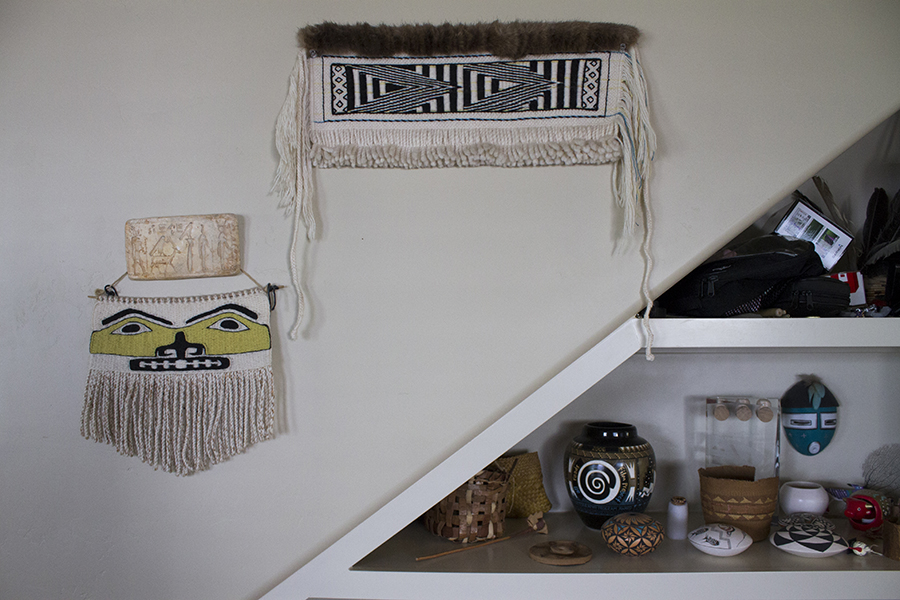
Do you have any words of inspiration for other artists?
Never give up. Just keep on working even when there are no sales. You have to keep on working. The moment an artist stops making work that is bad. When I was young and struggling and trying to make a living as an artist, I was a cab driver. I was driving a cab in the winter time in Alaska. It cost me fifty dollars to lease the cab and buy gas and I would make a hundred dollars, which means I was making fifty dollars a night. That was just barely enough, doing that for a month to pay the rent and buy food and squeak by another month. But guess what, in the midst of all of that I always had film in my fridge, in my analogue days, and I would continue to make photographs. I never stopped. That means even when you are in survival mode, and you are broke, still keep making art. I found that the artists who have succeeded are the ones who have lived through those hard times but have kept making art anyway. A lot of times that artists who don’t make it are the ones who view that as an insurmountable barrier. When you are in survival mode you are still an artist and you need to keep making work no matter what.
Creators, Makers, & Doers highlights the lives and work of Boise artists and creative individuals. Selected profiles focus on individuals whose work has been supported by the Boise City Dept. of Arts & History.